Dongdaemun Shopping Complex·Dongdaemun Shopping Town (동대문 종합시장·동대문 쇼핑타운)
18.0Km 2025-06-30
266 Jong-ro, Jongno-gu, Seoul
+82-2-2262-0114
Dongdaemun Shopping Complex is one of Korea’s most well-known markets. It was founded in December 1970 as the largest of its kind in Asia and has maintained that status for the last 40 years. Browsing the plethora of shops, you can find fabric and clothing following all the latest global fashion trends. Dongdaemun Shopping Complex continues to build up its reputation as a hub of international design.
Dongdaemun Shopping Complex (Hanbok Shops) (동대문종합시장 한복상가)
18.0Km 2021-09-15
266, Jong-ro, Jongno-gu, Seoul
+82-2-2262-0114
As one of the largest markets in Asia, Dongdaemun Shopping Complex boasts huge hanbok shops. Most of the major hanbok and fabric distributors are located here. It offers a wide array of hanbok from traditional hanbok to modernized hanbok in addition to accessories and clothing materials. Dongdaemun Shopping Complex is a popular spot among international tourists who want to experience traditional Korean culture and purchase various souvenirs.
Okcheon Maeun Jokbal (옥천매운족발)
18.0Km 2021-03-29
23, Jong-ro 51na-gil, Jongno-gu, Seoul
+82-2-3672-7168
This is a restaurant serving delicious spicy pork feet. This Korean dishes restaurant is located in Jongno-gu, Seoul. The most famous menu is braised pigs' feet.
Four Seasons Garden (에버랜드 튤립가든)
18.1Km 2025-04-16
199 Everland-ro, Cheoin-gu, Yongin-si, Gyeonggi-do
+82-31-320-5000
Four Seasons Garden, shining all year around with the power of gardener Lara! Fall into the waves of attractive flowers.
Spring: Tulip Garden
Summer: Tropical Garden
Fall: Autumn Flowers
Winter: Christmas & Snow
Everland Summer Festival (에버랜드 썸머워터 펀)
18.1Km 2025-04-16
199 Everland-ro, Cheoin-gu, Yongin-si, Gyeonggi-do
+82-31-320-5000
Since the first event in 2005, Everland's Summer Water Fun festival has made Everland one of the most popular summer attractions. The festival is packed with various programs like water shows, light shows, and game activities for visitors to enjoy.
Everland Winter Festival (에버랜드 Winter Wishes)
18.1Km 2025-04-16
199 Everland-ro, Cheoin-gu, Yongin-si, Gyeonggi-do
+82-31-321-9393
Everland Winter Festival is a fantastic and romantic winter festival. During the period, tourists can enjoy various attractions like T-express, Thunder Falls, Lost Valley, and the Safari Ride more freely compared with other seasons as well as a romantic Christmas ambience. At night, the village boasts its concept of gold, brightening the area.
Himart - Guri Station Branch [Tax Refund Shop] (하이마트 구리역점)
18.1Km 2024-04-18
268, Gyeongchun-ro, Guri-si, Gyeonggi-do
-
Geumdong Hwaro Sutbulgui (금동화로숯불구이)
18.1Km 2021-03-19
35, Toegye-ro, 41-gil, Jung-gu, Seoul
+82-2-2264-3002
This Korean cuisine is located near Chungmuro Station, Seoul. The representative menu is spicy stir-fried boneless ribs. A Korean BBQ restaurant.
Olens - Kyung Hee Univ. Branch [Tax Refund Shop] (오렌즈 경희대)
18.1Km 2024-04-18
150, Hoegi-ro, Dongdaemun-gu, Seoul
-
Cheonggyecheon Stream (청계천)
18.1Km 2024-05-16
Changsin-dong, Jongno-gu, Seoul
+82-2-2290-7111
Cheonggye Plaza was built on Sejong-ro Street, where Cheonggyecheon Stream begins. It was built between Dong-A Ilbo, the starting point of the Cheonggyecheon Stream restoration, and Sindap Railroad Bridge, with a length of 160 meters, a x_width of 50 meters, and a total area of 6,962 meters squared. The plaza is decorated with fountains, waterfalls, and walking paths. It was created as a place for meetings, harmony, peace, and unification, to celebrate the significance of the restoration of Cheonggyecheon Stream. A miniaturized version of Cheonggyecheon Stream is displayed here, providing an overview of the restored stream. There are also interpretive panels about the 22 bridges that cross Cheonggyecheon stream. Fountains of various shapes create beautiful scenery. Cheonggyecheon Stream is accessible from the square through stairs on the left and Cheonggye Trail on the right. There is also an 18-meter tunnel on the Cheonggye Trail, providing a unique experience for citizens entering Cheonggyecheon Stream from the plaza. After constructing Cheonggyecheon Plaza, the Seoul Metropolitan Government made it a car-free street on public holidays so that the plaza, waterside area, and streets could be used as cultural spaces for citizens to relax. A spectacular sight is created by three-color lights illuminating the fountains and a two-tiered waterfall coming down from a x_height of four meters. Palseokdam, made of eight stones from eight provinces in Korea, was laid along the waterfall's sides.
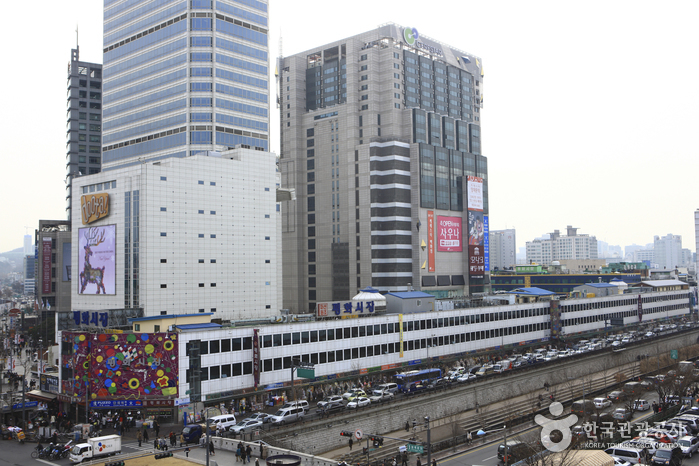
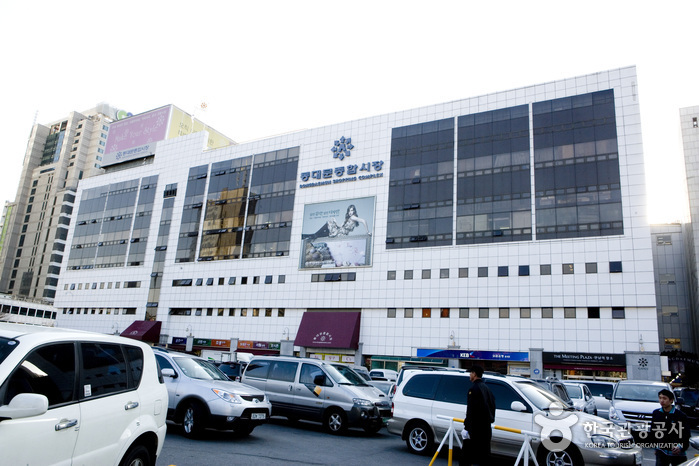
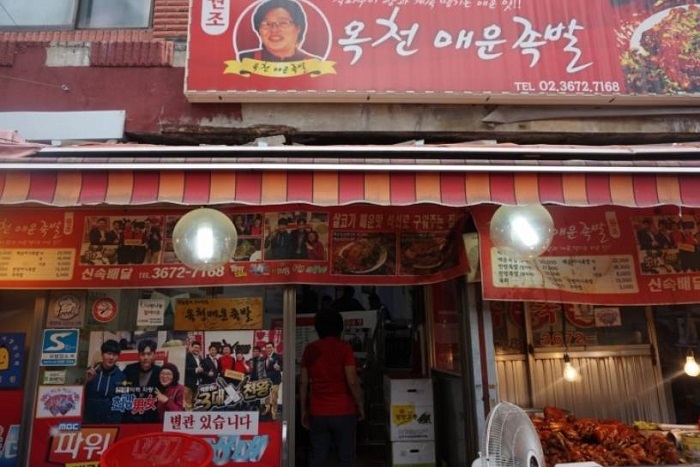
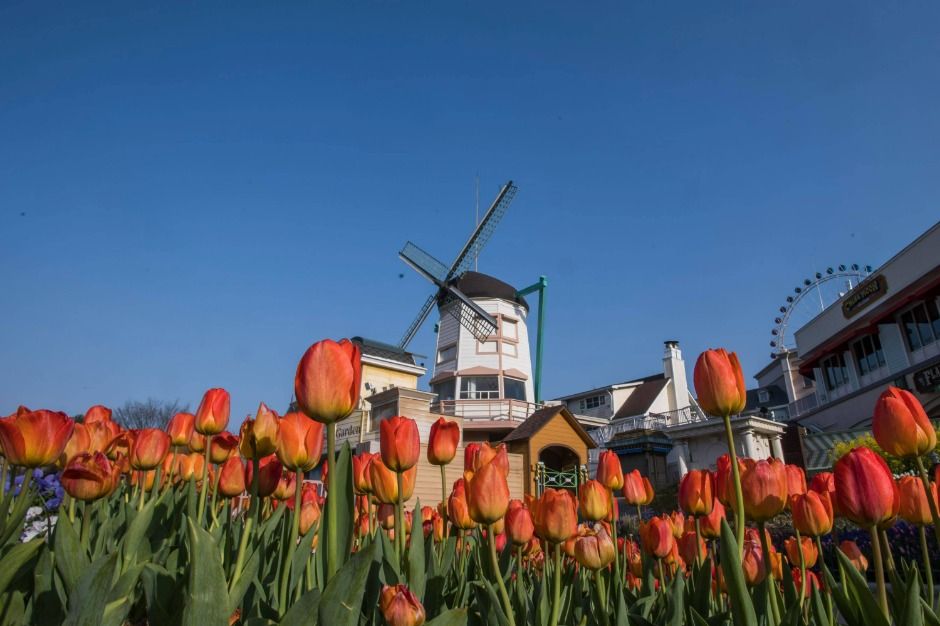
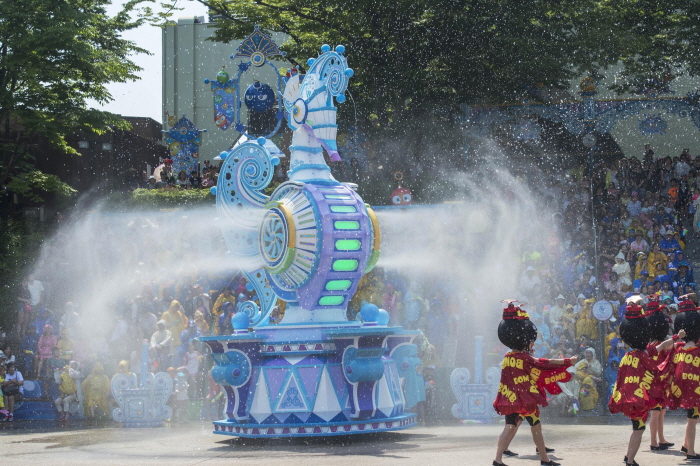
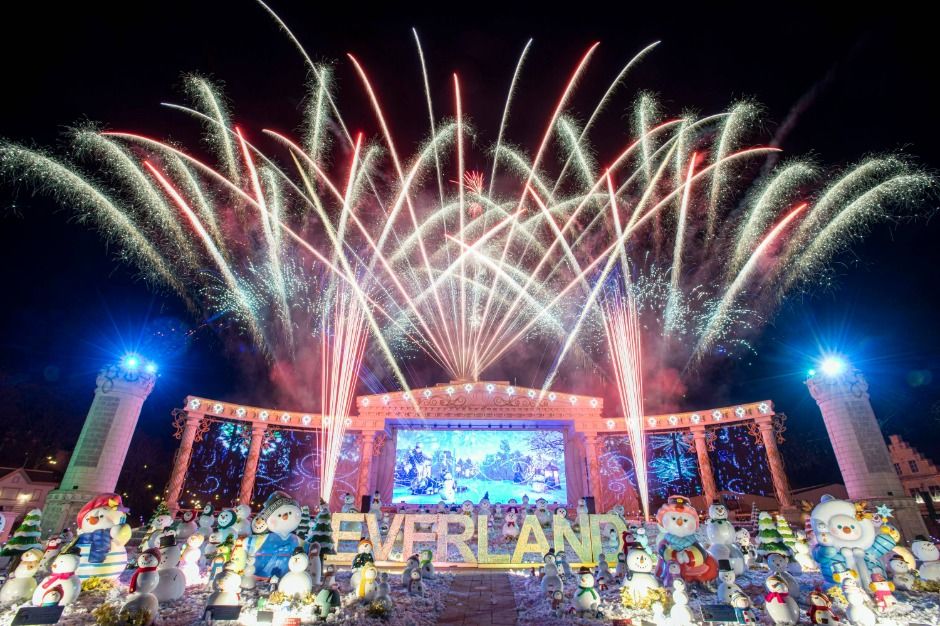
![Himart - Guri Station Branch [Tax Refund Shop] (하이마트 구리역점)](http://tong.visitkorea.or.kr/cms/resource/58/2889958_image2_1.jpg)
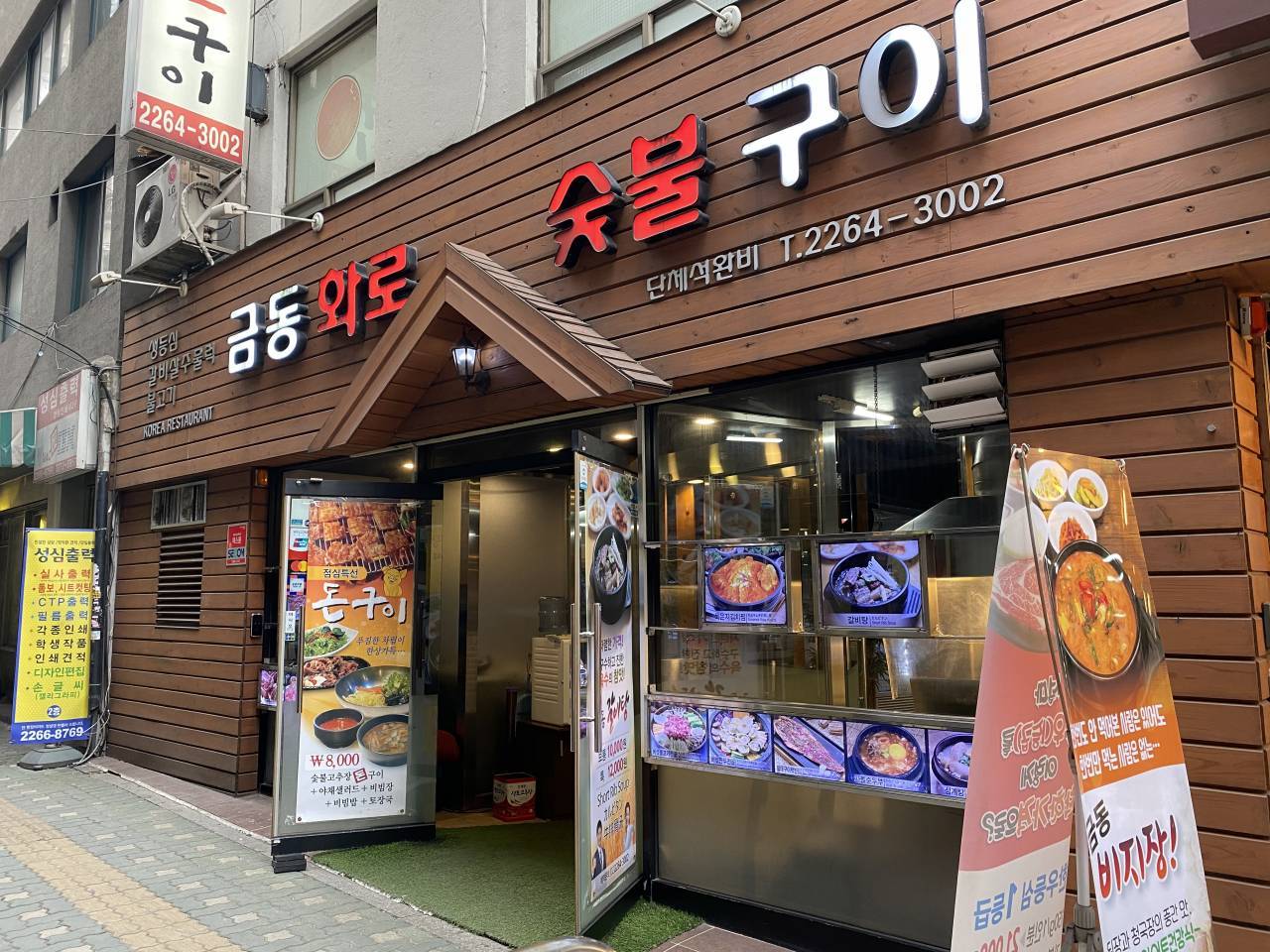
![Olens - Kyung Hee Univ. Branch [Tax Refund Shop] (오렌즈 경희대)](http://tong.visitkorea.or.kr/cms/resource/07/2889607_image2_1.jpg)
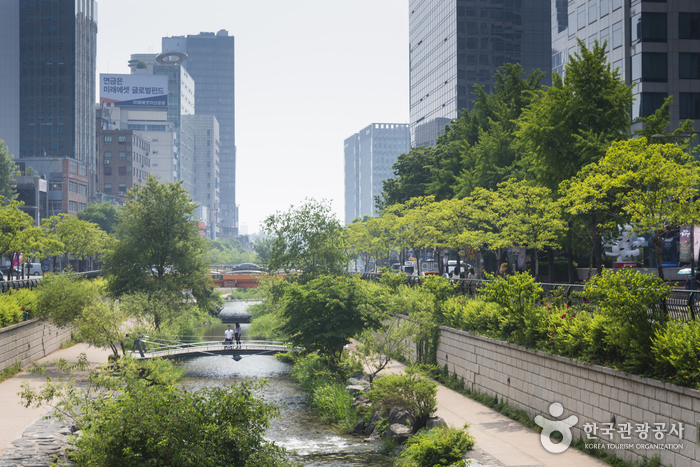
 English
English
 한국어
한국어 日本語
日本語 中文(简体)
中文(简体) Deutsch
Deutsch Français
Français Español
Español Русский
Русский